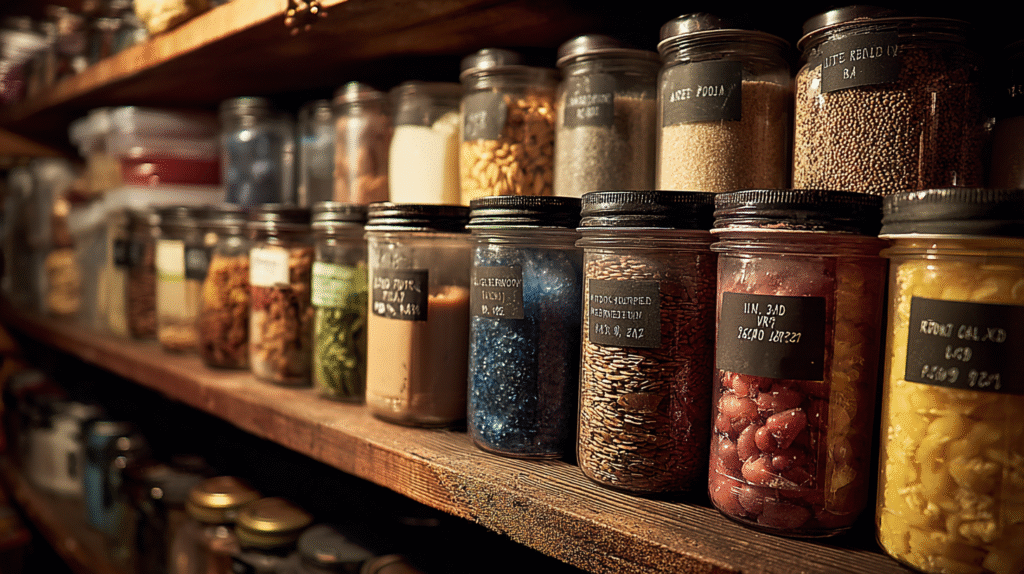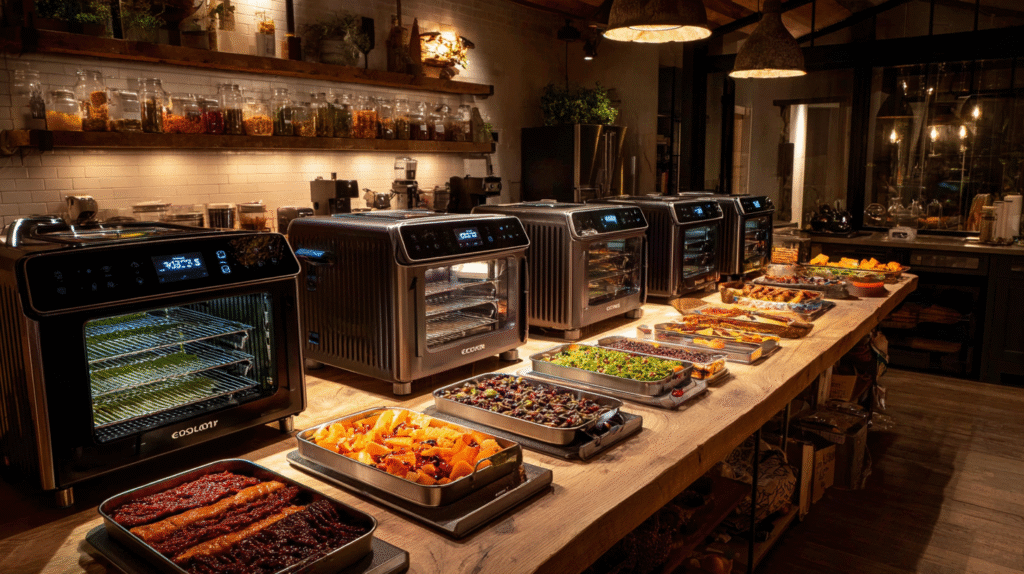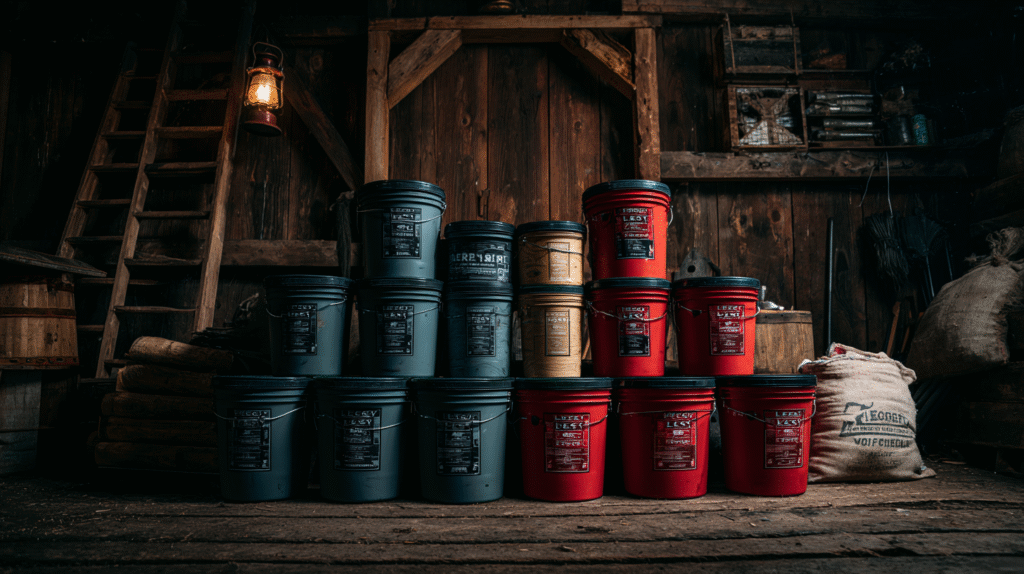Introduction
When it comes to survival situations, having the right food supplies can make all the difference. Understanding the shelf life of survival foods is crucial for effective preparedness. Whether you’re stocking up for a natural disaster, a camping trip, or just want to be ready for anything, knowing how long your food will last is key to your survival plan. To dive deeper into specific items, see our list of foods that last 25 years or more.
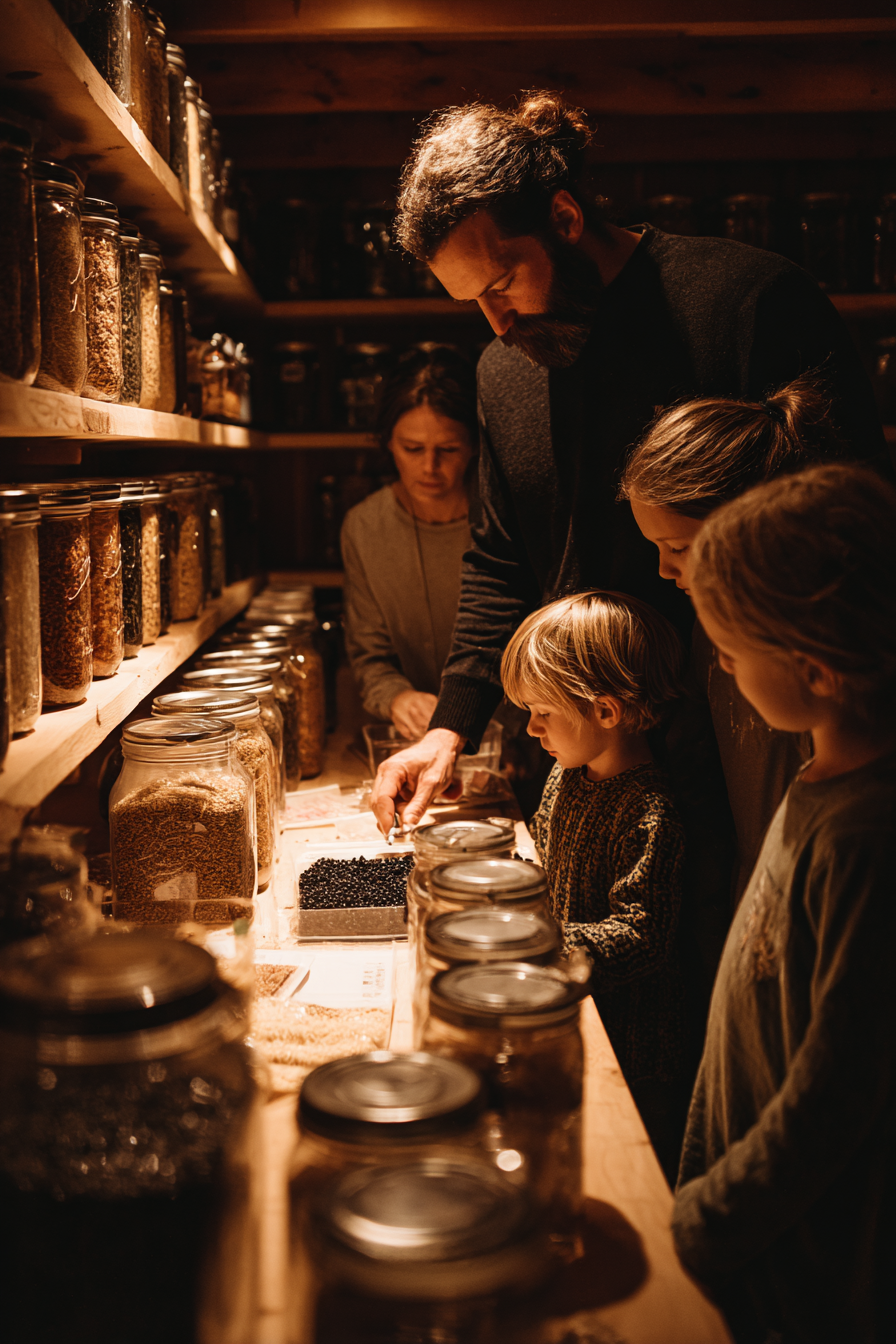
What is Shelf Life?
Shelf life refers to the length of time food remains safe to eat while maintaining its desired quality. This is important because expired food can be not only unappetizing but also hazardous to your health. Knowing the shelf life of your supplies helps you rotate them and ensure you have fresh, safe food on hand.
Types of Survival Foods and Their Shelf Life
There are various types of survival foods, each with different shelf lives. Here’s a breakdown of some common categories:
Canned Foods
- Canned Vegetables: Lasts 3-5 years. Great for adding nutrition and variety.
- Canned Meats: Lasts 2-5 years. Excellent protein source for survival.
- Canned Soups: Lasts 2-5 years. A comforting meal option during tough times.
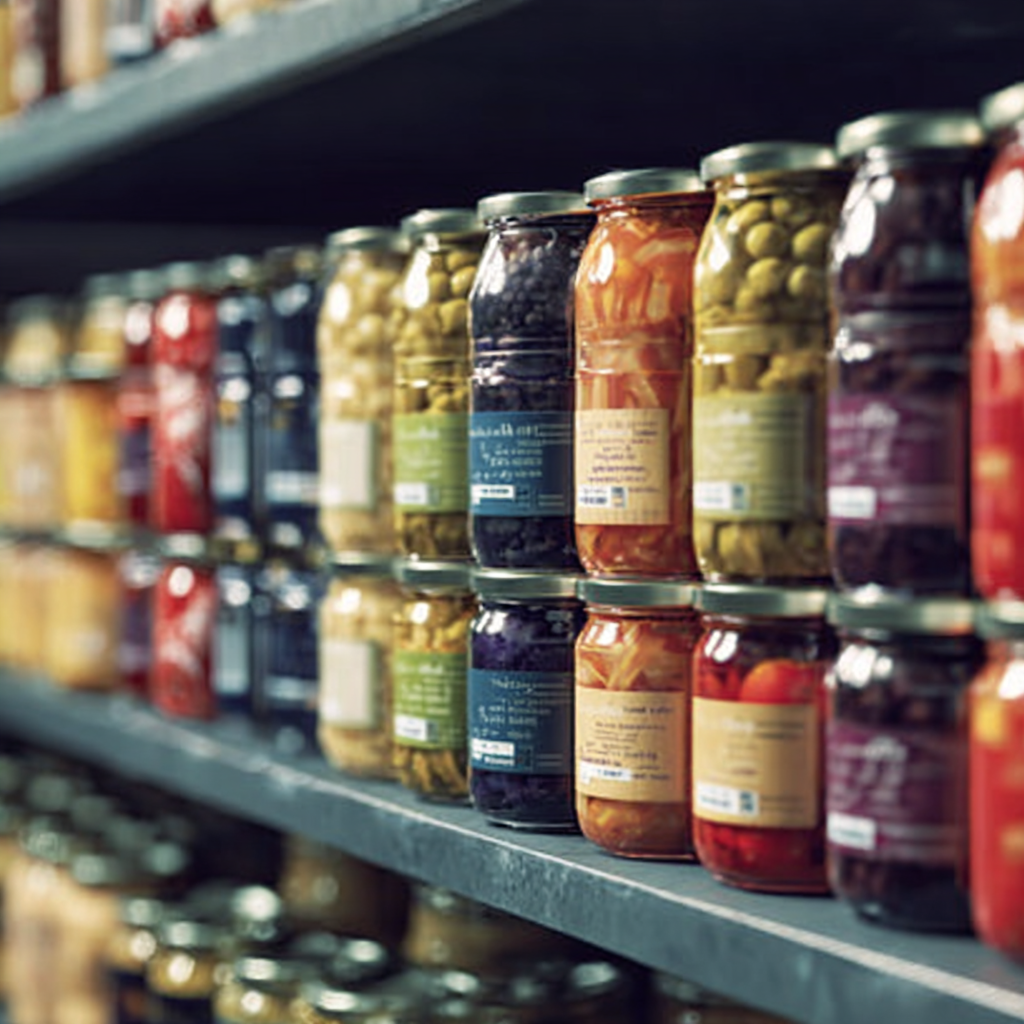
Freeze-Dried Foods
- Mountain House Freeze Dried Meals: Lasts 25+ years. Perfect for long-term storage.
- Backpacker’s Pantry: Lasts 24 months. Lightweight and easy to prepare.
Not sure which to choose? Our guide to canned vs. freeze-dried food explains the differences in detail.
Dehydrated Foods
- Dehydrated Vegetables: Lasts 10-20 years. Great for adding to meals.
- Powdered Eggs: Lasts 5-10 years. A versatile protein source.
Grains and Legumes
- White Rice: Lasts 30 years when stored properly. A staple food choice.
- Dried Beans: Lasts 10-30 years. High in protein and fiber.
These staples last longest when stored correctly—learn how to store rice and beans long term.
Factors Affecting Shelf Life
Several factors can influence the shelf life of survival foods:
- Storage Conditions: Keep food in a cool, dark, and dry place.
- Packaging: Vacuum-sealed or mylar bags extend shelf life significantly.
- Moisture Levels: High moisture can lead to spoilage, so keep foods dry.
Even with the right conditions, many preppers make common food storage mistakes that can ruin supplies early.
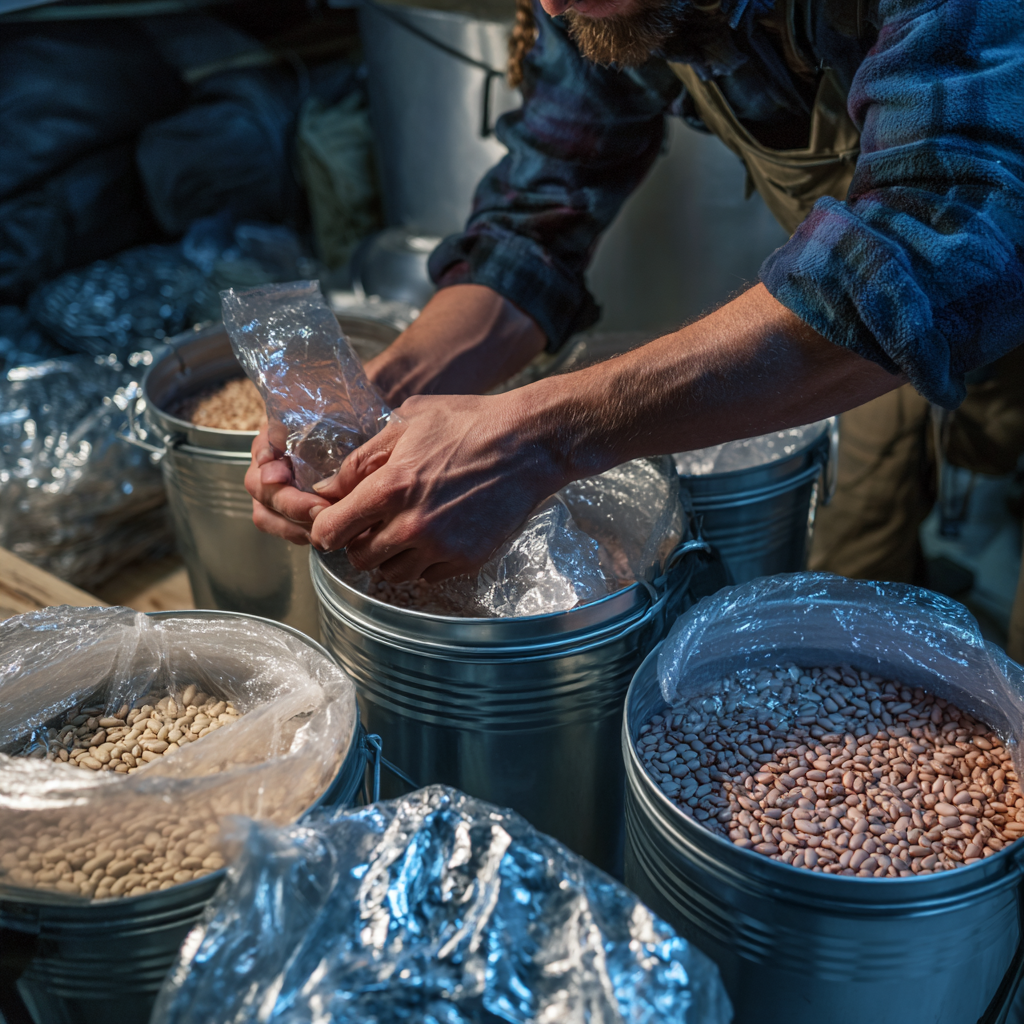
How to Store Survival Foods Properly
Storing survival foods properly is just as important as knowing their shelf life. Here are some tips:
- Use Airtight Containers: Products like FoodSaver Vacuum Sealer can help keep food fresh by removing air.
- Label Your Supplies: Always mark the purchase date and expiration date to keep track.
- Regularly Rotate Stock: Use the older items first to ensure nothing goes to waste.
Choosing the best food storage containers is essential for keeping moisture and pests out.
Best Survival Food Products on Amazon
To help you get started on your survival food stockpile, here are some highly-rated products available on Amazon:
- Nutristore Freeze Dried Vegetable Variety Pack: Packed with nutrients and can last for years.
- Legacy Premium Food Storage: Long-lasting meals that are easy to prepare.
- Augason Farms Emergency Food Supply: A trusted option for families looking to prep effectively.
For ready-made solutions that save time, see our picks for the best survival food kits available in 2025.
Conclusion
Understanding the shelf life of survival foods is essential for effective preparedness. By knowing which foods last the longest and how to store them properly, you can ensure that your food supplies remain safe and nutritious. Invest in quality products, keep track of expiration dates, and regularly check your inventory. Remember, it’s better to be prepared than to be caught off guard! Knowing shelf life is only one part of mastering long-term food storage. Budget-conscious preppers can also check out our guide on building a survival pantry on a budget.
Start building your survival food stockpile today and stay ready for anything that comes your way!

